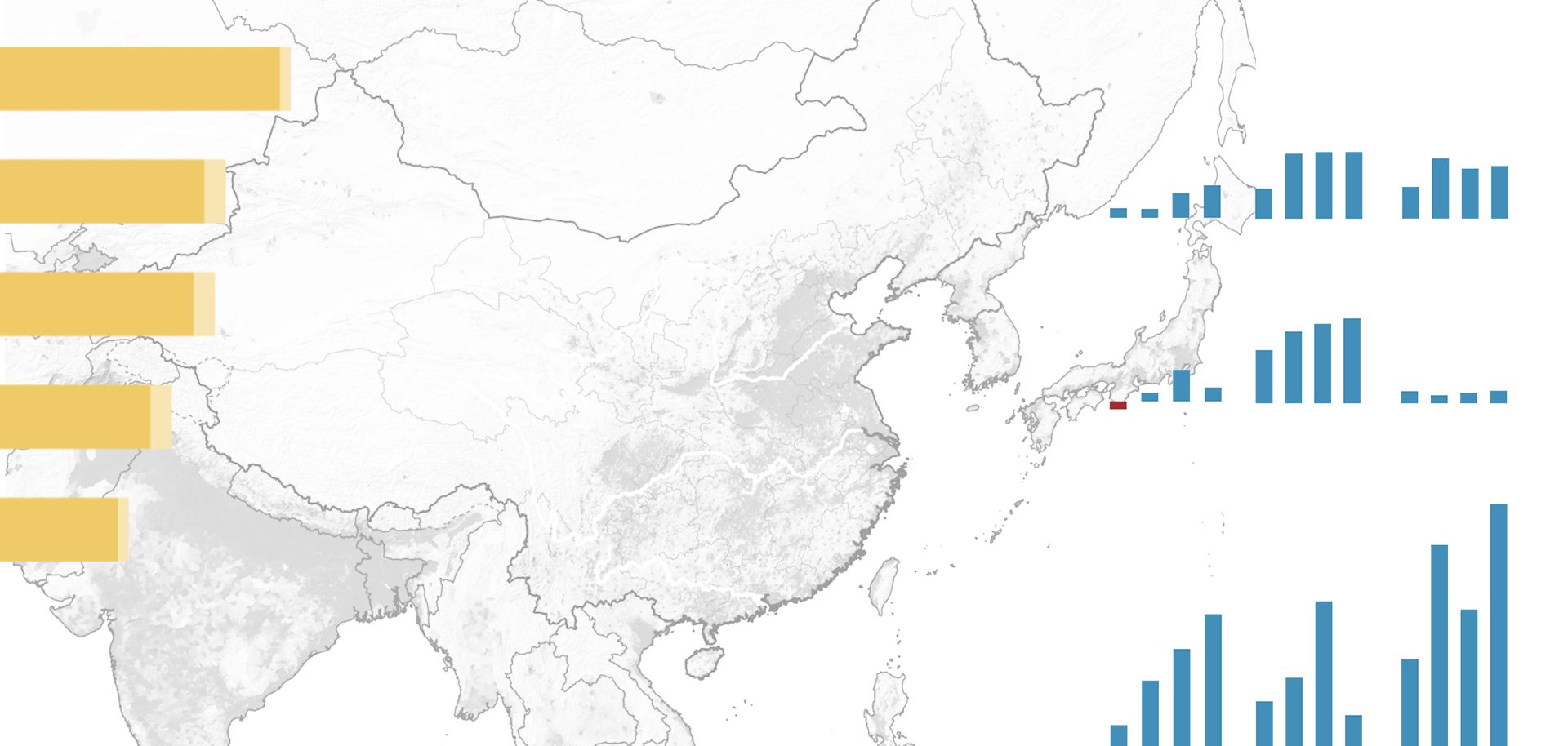
The Nord Stream pipeline project was initially designed by Russia to bypass transit states to supply Russian natural gas directly to Germany, its largest European market. In the mid-to-late 2000s, Russia had a series of energy and political spats with states that its oil and natural gas transited to reach greater Europe, leading to energy cutoffs and intentional pipeline breaks. So Gazprom, in consortium with the Netherlands' Gasunie, Germany's E.ON and Wintershall and France's GDF, built two lines from the Russian coast at Vyborg under the Baltic Sea to the German coast at Greifswald. Once on German soil, Nord Stream's natural gas supplies split into two systems. The first goes through the Opal pipeline system that supplies eastern Germany and connects to Slovakia and the Czech Republic. The other spur goes through the NEL pipeline system to enter northern and eastern Germany. Currently, the first two legs of Nord Stream have a shared capacity of 55 billion cubic meters, though the pipeline carried only 28 billion cubic meters in 2012, since the second leg was unfinished. The 2012 exports also were intended mostly for German consumption. Though the primary purpose of Nord Stream was to link Russia directly to Germany, Moscow has long had further plans for the pipeline system. Since Nord Stream 1 and 2 were conceived, two more legs — Nord Stream 3 and 4 — have been considered. Nord Stream 3 would expand Nord Stream 1 and 2 under the Baltic Sea to Germany, while Nord Stream 4 would connect Russian supplies through the Dutch export networks to the United Kingdom. The Netherlands exports natural gas to the United Kingdom via the Balgzand-Bacton underwater interconnector pipeline (with a capacity of 16 billion cubic meters) and via Belgium along the Belgium-U.K. underwater interconnector (with a capacity of 25.5 billion cubic meters). Gazprom has said that preliminarily it would like to export an additional 40 billion cubic meters along Nord Stream 3 and 4 to the United Kingdom — something BP said it is interested in discussing. If completed, these expansions would bring large amounts of Russian natural gas to Western Europe at a time when regional supplies are in decline and some of Russia's Central and Eastern European customers are diversifying their options.



